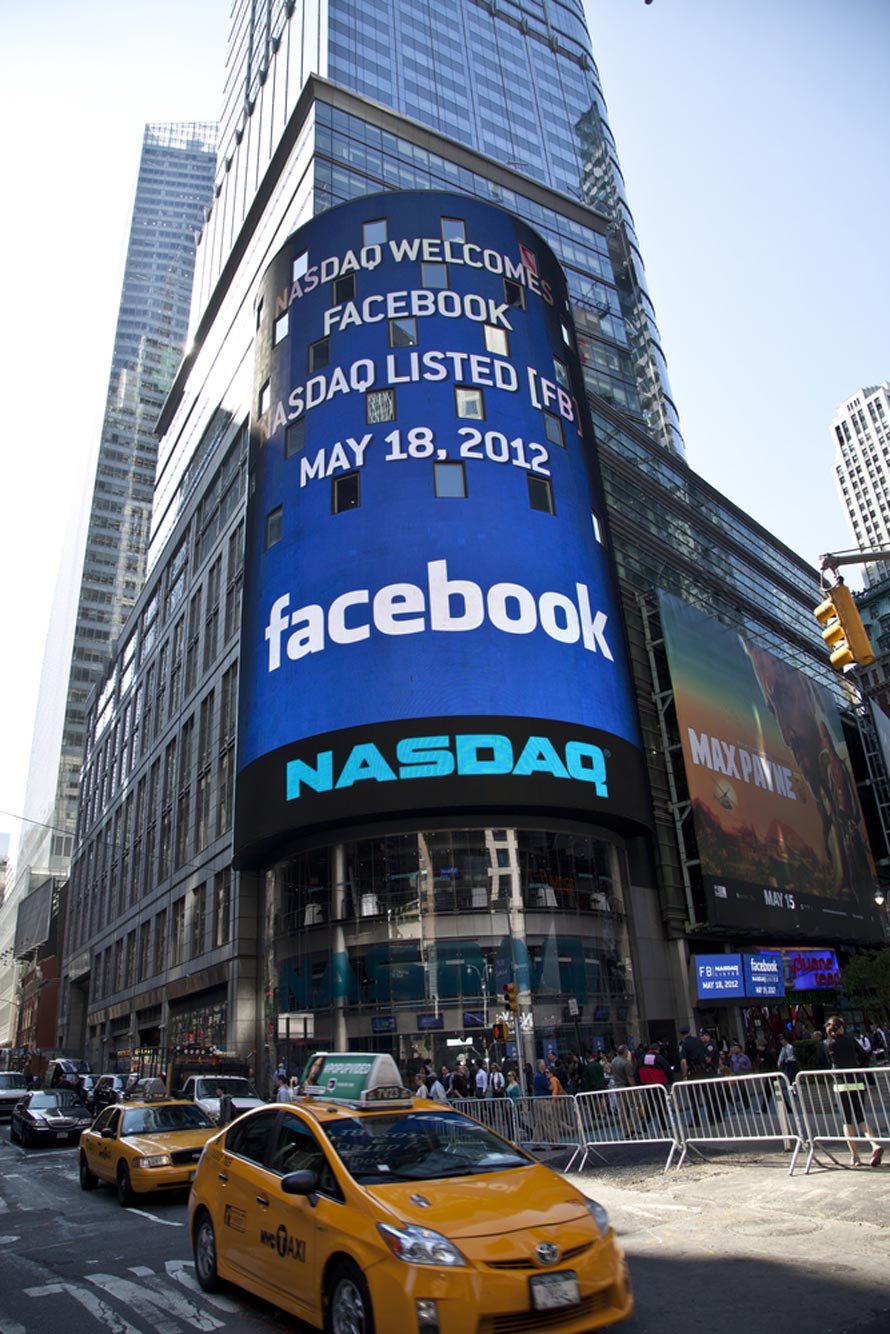Blog
BLOG: Why investors may want to avoid big US tech stocks

The US is too big to ignore but investors may want to consider small or medium-sized companies, which still offer value, writes Darius McDermott.
I’m sure many of you have come across the anacronym before, but it’s important to understand the influence the ‘FAANGs’ currently have on the world’s largest economy.
The five-strong basket of technology companies (Facebook, Amazon, Apple, Netflix and Google) are the driving force behind the continued outperformance of the US stock market (although I’m sure Donald Trump would disagree) – but they are also the reason why so many commentators are pensive about that same stock market’s continued success.
The statistics behind valuations (the price you pay to invest in a company) in the US are powerful. Figures from Bank of America Merrill Lynch show US equities are currently operating at a 70-year high versus Europe, with significant outperformance in the past decade alone. The S&P 500 (the US equivalent to the FTSE 100) has only recently hit its record high in February 2020, while the index has returned 334.7% in the past decade.
Those are figures many commentators, including myself, do not believe are sustainable. Yet the market continues to defy expectations, returning 25.6% to investors in 2019 alone.
Bubble territory?
Pessimists would point to the tech bubble of 2000 as a harbinger for the current market. There are some similarities, for example the top five stocks in the S&P 500 now account for 18% of the entire index – a worryingly high concentration and a level not seen since the 2000 bubble – when the S&P 500 fell more than 40% from the highs at the start of the millennium to the bear market low in March 2003.
A lot of the aforementioned facts about the outperformance in the index and the biggest contributors to that outperformance lead us towards the technology sector and the FAANGs. A recent chart I saw from Saracen fund management showed these five companies have collectively grown more than 350% in the past five years, compared to just over 150% for the S&P 500. Take those five out (and a few other large companies) and maybe we would not be talking about bubble territory in the US anymore?
Don’t get me wrong; these are good companies with bright prospects. As Saracen points out, three of them now have a market cap of $1trn, with Amazon not far away. But this is now heavily priced in – which means you are now paying more to access these companies. And who’s to say if other competitors, new technology or regulation could change the fortunes of these businesses in the future? We’ve seen plenty of large companies fall from grace before across the globe.
Optimists would point out at that Trump will do anything to prevent a fall in markets ahead of the presidential election later this year. Figures from Goldman Sachs says there is a strong case for staying invested given that historically, when the S&P 500 has delivered over 30%, (in dollar terms the index returned 30.7% in 2019) over a one-year period, 85% of the time the subsequent year also saw positive returns.
Fund options
My view is the US is expensive, but given it accounts for roughly a quarter of global growth it is simply too big to ignore. Those looking to invest may want to consider those funds with more of a bias towards small or medium-sized companies, which may still offer value.
Funds to consider include LF Miton US Opportunities, a 35-45 stock portfolio, which typically consists of a greater portion of medium-sized companies and smaller large companies than its peers. Another alternative is the Hermes US SMID Equity fund, whose managers look for quality businesses with minimum debt, in industries with barriers to entry, or that provide products or services that cannot easily be replicated.
A third option is the Schroder US Mid-Cap fund. The team that runs this fund invests in three types of companies: ‘steady eddies’ or less economically-sensitive companies, which act as ballast in the portfolio; ‘mispriced growth’ stocks, where the team feels the market has not fully understood the firms’ earnings potential; and ‘recovery-type’ situations.
Darius McDermott is managing director of FundCalibre